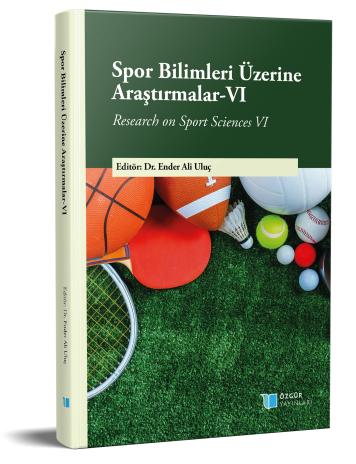
Evaluation of the Relationship between Exercise, Osteocalcin, Insulin, and Interleukin-6
Chapter from the book:
Uluç,
E.
A.
(ed.)
2023.
Research on Sport Sciences- VI.
Synopsis
The evaluation of the relationship between exercise, osteocalcin, insulin, and interleukin-6 is a complex topic that involves understanding how these factors interact in the context of human physiology and health. Exercise refers to physical activity that involves bodily movement and is typically structured to improve or maintain physical fitness. Regular exercise, especially weight-bearing and high-impact activities, can stimulate the production of osteocalcin by osteoblasts. Osteocalcin may contribute to improved bone density and quality, and it may also have metabolic effects that enhance insulin sensitivity. Physical activity, particularly aerobic exercise and resistance training, can enhance insulin sensitivity. This means that exercise helps cells respond better to insulin, leading to better blood sugar control. Exercise can lead to a temporary increase in IL-6, which can have anti-inflammatory effects in the short term. This is part of the body's response to the physical stress of exercise. However, excessive or chronic inflammation, including sustained IL-6 elevation, can be detrimental to health. Consequently, exercise can have a positive impact on both osteocalcin and insulin, potentially improving bone health and metabolic function. The relationship between these factors and interleukin-6 is complex, with exercise having both short-term anti-inflammatory effects and the potential for long-term influences on inflammation. Further research is needed to fully elucidate these relationships

